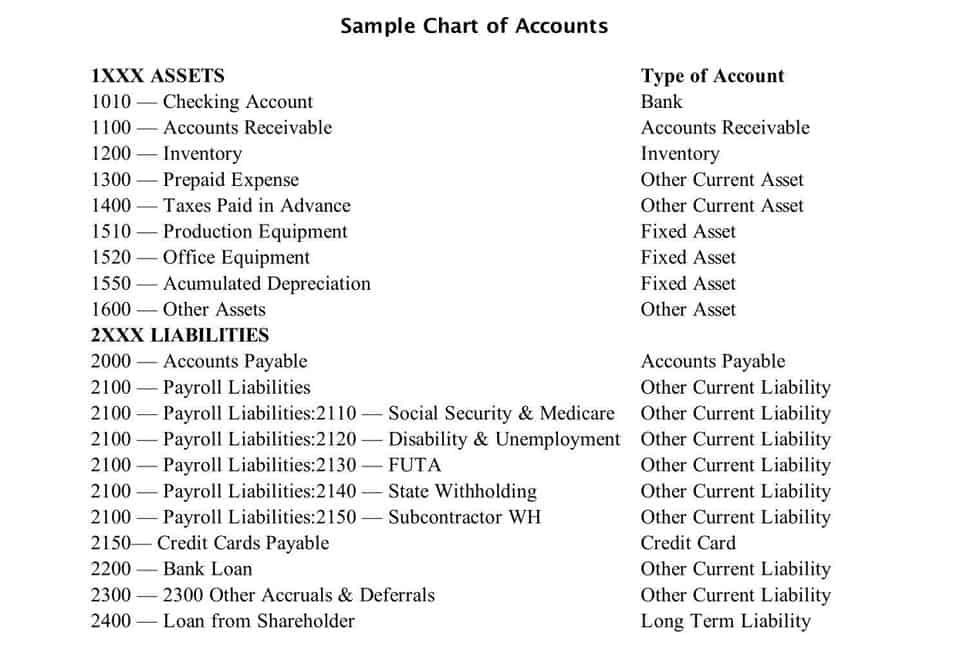admin
No description.Please update your profile.

Suppose a company is like a giant pie, and each slice represents a unit of ownership called a share (also known as stock). When you invest in a company, you’re essentially buying shares, which grants you a tiny bookkeeping and payroll services piece of the ownership pie. The total number of shares outstanding represents the entire ownership of the company.

When making investment decisions, the average total equity is a valuable indicator of a company’s financial resilience and long-term value creation potential. Investors often integrate this metric into their portfolio strategy, using it to identify companies with a solid financial foundation and a track record of maintaining or increasing equity. This can be particularly appealing for value investors who look for opportunities to buy stocks at prices that are below their intrinsic values, as suggested by strong equity positions. When calculating the shareholders’ equity, all the information needed is available on the balance sheet – on the assets and liabilities side. The total assets value is calculated by finding the sum of the current and non-current assets. Shareholders’ equity can also be calculated by taking the company’s total assets less the total liabilities.

It helps in determining the book value of a company, aiding in mergers, acquisitions, or sale negotiations. A final type of private equity is a Private Investment in a Public Company (PIPE). A PIPE is a private investment firm’s, a mutual fund’s, or another qualified investors’ purchase of stock in a company at a discount to the current market value (CMV) per share to raise capital. Equity, also referred to as stockholders’ or shareholders’ equity, is the corporation’s owners’ residual claim on assets after debts have been paid. As such, many investors view companies with negative equity as risky or unsafe.
But if it’s negative, that means its debt and debt-like obligations outnumber its assets. Total equity represents the residual interest in the assets of a company after deducting liabilities. In other words, it’s the amount that belongs to the owners (shareholders) once all debts and obligations have been settled. Total equity is often referred to as shareholders’ equity, owners’ equity, or just equity. A company with a healthy equity base may be better positioned to weather economic storms, making it a potentially safer bet during volatile market conditions.

For example, if a company acquires additional assets, such as property or equipment, it may increase its equity position. On the other hand, if a company sells its assets or takes write-downs, it may decrease its equity position. Treasury stock reduces total equity as it represents shares repurchased by the company, reducing the overall ownership interest. Total equity represents the cumulative value of ownership in a company, while net income refers to earnings generated during a specific period.

If a company doesn’t wish to hang on to the shares for future financing, it can choose to retire the shares. Understanding and calculating your total equity is fundamental in financial planning and investment strategies, offering a snapshot of financial health and aiding in making informed decisions. Total equity shows the portion of the company’s assets that are owned outright by shareholders, which is crucial for evaluating ownership claims Online Accounting and control.

Therefore, the total equity of ABC Limited as of March 31, 20XX is $300,000. Accounts receivable lists the amounts of money owed to the company by its customers for the sale of its products. As for the “Treasury Stock” line item, the roll-forward calculation consists of one single outflow – the repurchases made in the current period. Here, we’ll assume $25,000 in new equity was raised from issuing 1,000 shares at $25.00 per share, but at a par value of $1.00. In recent years, more companies have been increasingly inclined to participate in share buyback programs, rather than issuing dividends. The excess value paid by the purchaser total equity formula of the shares above the par value can be found in the “Additional Paid-In Capital (APIC)” line item.
No description.Please update your profile.
@ 2025 NILAVELI STAR VIEW-Developed By Sri Hema Infotech